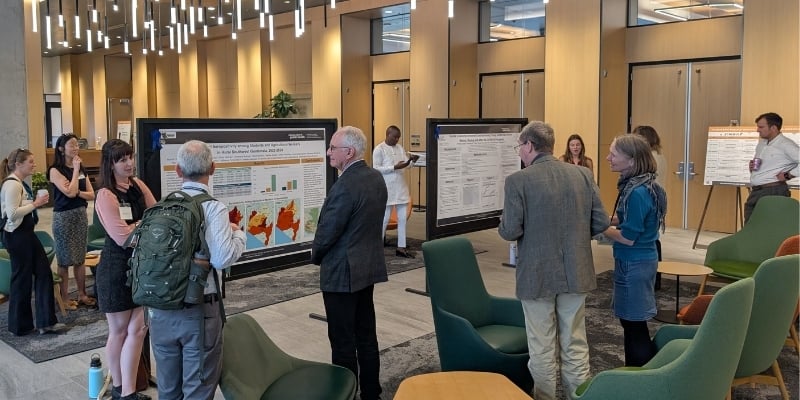Responses to child maltreatment reports in the United States increased 8.4% from 2014 to 2018. Child maltreatment can include emotional, physical, or sexual abuse, neglect or exploitation. The link between parent or caregiver mental health and child maltreatment has been established by research; caregivers experiencing mental illness have an increased risk of child maltreatment and can negatively impact a child’s development and wellbeing over the life course. Individuals and families living under the stress of poverty experience the highest rates of mental illness, including trauma, stress, social exclusion, and family conflict. Mental health disorders also contribute to poverty, creating a cyclical pattern.
A new study from ColoradoSPH examines county-level relationships between child maltreatment and adult mental health, and how those relationships are impacted by county economic distress and degree of rurality. In rural areas, poverty rates are higher than in urban areas, and mental health services are harder to access. Researchers linked several data sources to conduct the study, which included data from 3,015 counties. They found that reports of child maltreatment increased 20.1% for every half day of poor mental health in counties in metropolitan areas, 11.7% in nonmetro counties, and 13% in rural counties. They also found a relationship between the number of poor mental health days and increased child maltreatment report rates in counties.
Public health significance
While one in five caregivers reported having a mental illness in the previous year, only 43% of adults with any mental illness and 63% with serious mental illness reported receiving any treatment in 2018. This study found that a mean change of one fewer poor mental health day per month in a county would correspond to 24-40% lower child maltreatment report rates. This indicates a need for improved access to mental health services to support adult caregivers and decrease child maltreatment report rates.






